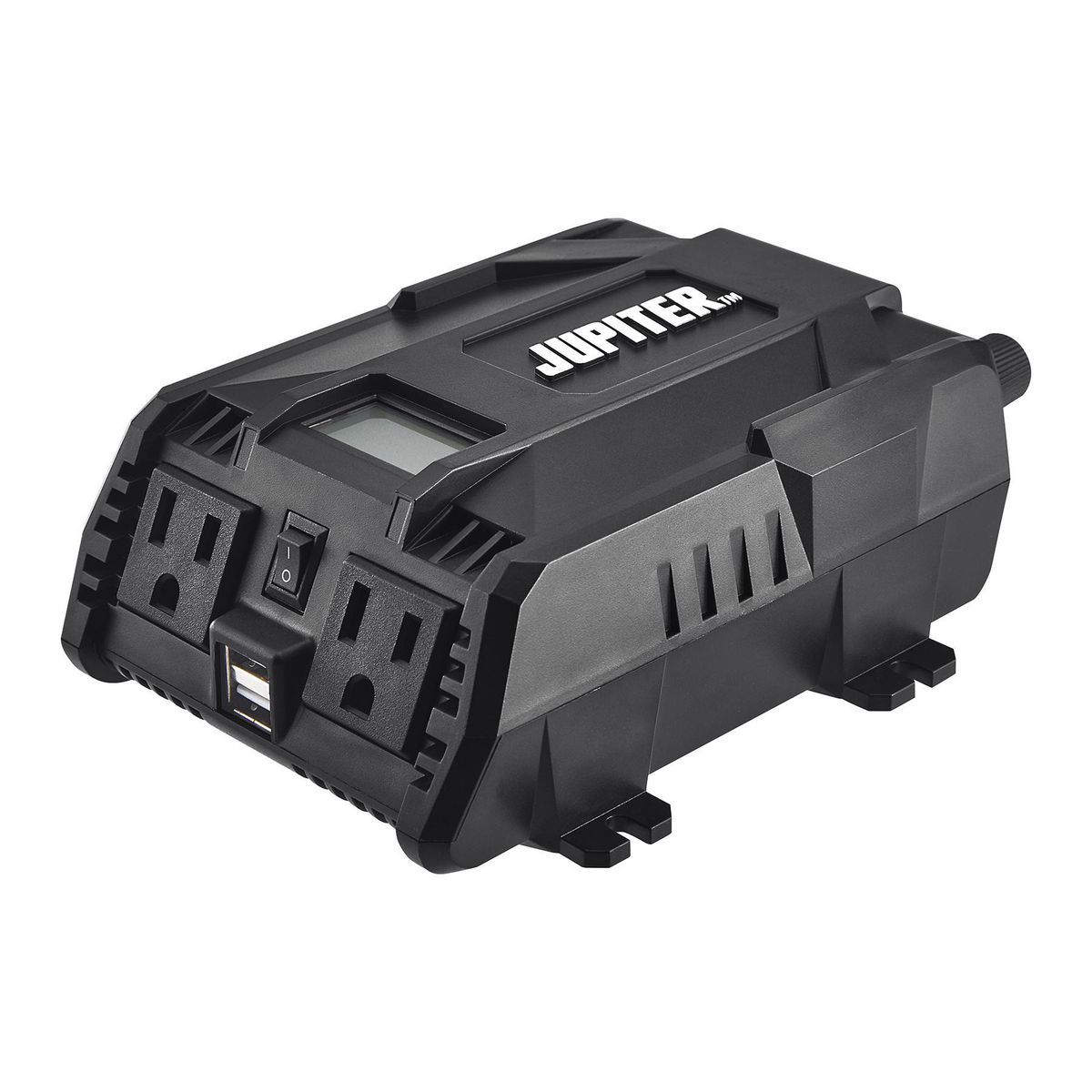Yes, a 400 watt inverter will run an electric blanket. Most electric blankets use between 50 and 150 watts, so a 400 watt inverter should be more than enough to power your electric blanket.
If you’re planning on using an electric blanket with your inverter, you’ll need to make sure that the inverter can handle the power draw. A 400 watt inverter is typically going to be able to handle a load of about 360 watts, so it should be able to run an electric blanket without any problems. Just keep in mind that if you’re running other devices off of the inverter at the same time, you’ll need to factor in their power usage as well.

Credit: www.conserve-energy-future.com
Can I Use Electric Blanket on Inverter?
If you want to use an electric blanket on an inverter, you need to make sure that the inverter is rated for the wattage of the blanket. Most electric blankets are around 100 watts, so you’ll need an inverter that can handle at least that much power. You also need to be aware that using an electric blanket will drain your battery faster, so it’s a good idea to have a backup plan in place in case your battery runs out of power.
What Can Run on a 400 Watt Power Inverter?
A 400 watt power inverter can run a variety of different appliances and devices. Some examples include: laptops, cell phones, small TVs, DVD players, gaming consoles, and small kitchen appliances like a coffee maker or blender. These are just some general ideas – the specific appliance or device you want to use with your inverter will determine how many watts it uses and whether or not a 400 watt inverter is powerful enough.
How Many Watts Do Electric Blankets Use?
An electric blanket typically uses between 50 and 75 watts of power. The actual amount of power used depends on the size of the blanket, the type of heating element, and the desired temperature setting. Most electric blankets have multiple heat settings, so you can choose how much power to use.
50-75 watts may not seem like much, but it can add up over time. If you use your electric blanket for just one hour per day, that’s still over 360 hours of use per year. At 50 watts, that’s 18 kWh of electricity; at 75 watts, it’s 27 kWh.
That’s a significant portion of your home’s electricity usage!
Fortunately, there are ways to minimize the power consumption of your electric blanket. One is to make sure it is properly insulated so that less heat escapes.
Another is to only use it when necessary; for example, if you live in a warm climate or keep your home heated during the night, you may not need to use an electric blanket at all.
How Many Amps Does It Take to Run an Electric Blanket?
An electric blanket uses about 10 to 15 amps, so it takes about the same amount of power as a hair dryer.
HOW LONG will my electric blanket run on a battery
Can You Run an Electric Blanket off a Power Bank
As the weather gets colder, many people start to break out their electric blankets to stay warm at night. But what if you’re away from home and don’t have access to an outlet? Can you run an electric blanket off a power bank?
The answer is yes! Power banks are a great way to keep your electric blanket running without being plugged into an outlet. Just make sure that your power bank is fully charged before using it.
And if you’re using a power bank with a built-in battery, be sure to keep it charged so you don’t run out of juice in the middle of the night!
Pure Sine Wave Inverter
A pure sine wave inverter is an electrical device that converts direct current (DC) into alternating current (AC). The output of a pure sine wave inverter is a smooth, continuous sine wave that closely resembles the AC power used in homes and businesses. Pure sine wave inverters are more expensive than modified sine wave inverters, but they provide cleaner, more reliable power.
There are several reasons why you might want to use a pure sine wave inverter. If you have sensitive electronic equipment, such as computers or medical devices, that require clean power to operate properly, a pure sine wave inverter is the best choice. Pure sine wave power is also less likely to cause interference with radio and television signals.
If you’re using your inverter to power tools or other appliances that generate heat, a pure sine wave inverter will run cooler and more efficiently than a modified sine wave inverter. And if you’re powering lights or other devices that produce light pulses, like LEDs, a pure sine wave will produce less flickering than a modified sine wave.
Run Electric Blanket off Battery
If you’re like most people, you probably think of your electric blanket as a wintertime necessity. But did you know that you can actually use it year-round? That’s right – an electric blanket can be a great way to stay warm in the summer, too!
Here’s how it works: most electric blankets have a built-in thermostat that allows you to set it to your desired temperature. So, if you find yourself getting chilly at night during the summer, just turn on your electric blanket and enjoy the warmth!
Of course, there are a few things to keep in mind when using your electric blanket in the summer.
First, make sure that the room you’re using it in is well ventilated. This will help prevent any overheating. Second, don’t forget toturn off the blanket when you’re not using it – otherwise, you could end up with an unexpectedly high electricity bill!
Overall, using an electric blanket in the summer is a great way to stay comfortable and save money on heating costs. Just be sure to use it safely and responsibly, and you’ll be all set!
12V Electric Blanket
An electric blanket is a blanket with built-in electrical heating elements. It can be used to preheat a bed before use, or to keep a person warm during sleep. Electric blankets have been around since the early 20th century, and their popularity has grown in recent years.
Many people find them more convenient than space heaters, and they are less expensive to operate than central heating systems.
There are many different types of electric blankets on the market today. Some have multiple heat settings, while others have just one setting.
Some blankets are designed for use on top of a mattress, while others can be used as standalone blankets. And some electric blankets come with built-in timers so that they will automatically turn off after a set period of time.
If you’re considering buying an electric blanket, there are a few things to keep in mind.
First, make sure you choose one that is specifically designed for use with your type of bedding (such as an RV mattress). Second, check the voltage and amperage rating of the blanket to ensure it is compatible with your home’s electrical system. Finally, read the reviews from other customers to get an idea of which brands and models are most popular and reliable.
Conclusion
The author concludes that a 400 watt inverter will not run an electric blanket.



